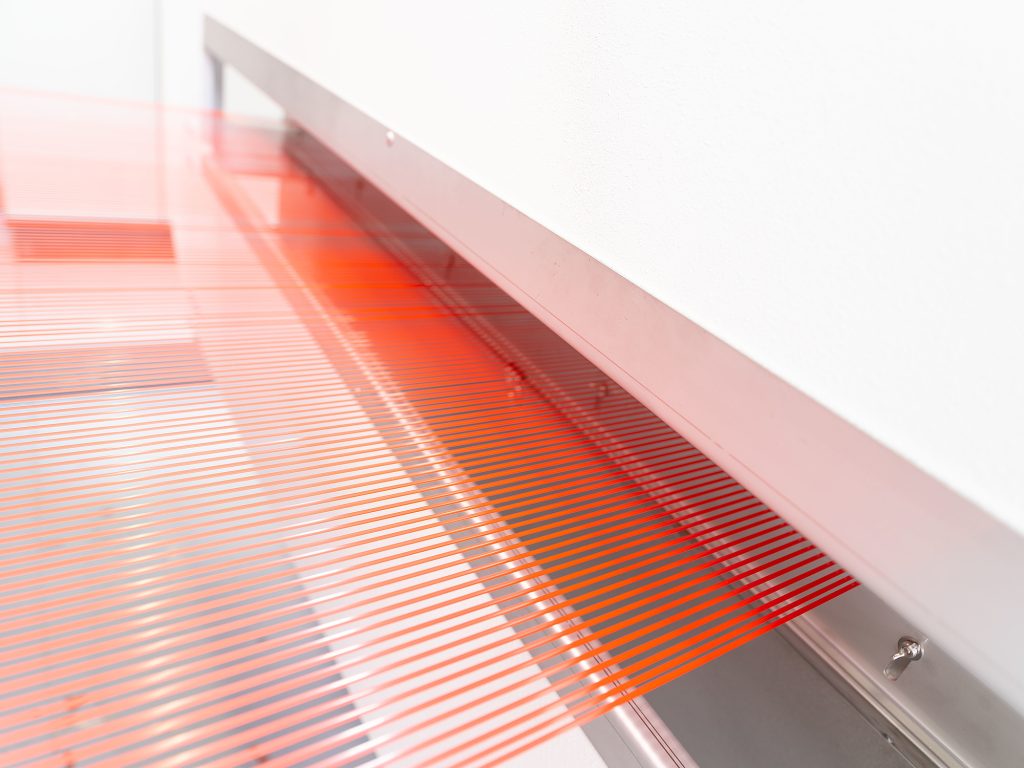
“Why are FFS woven bags becoming the backbone of China’s industrial packaging revolution?”
The answer lies in their seamless integration of automation, material efficiency, and logistics optimization—key drivers reshaping supply chains in a market projected to grow at 6.2% CAGR through 2030. For VidePak, a global leader with 30+ years of expertise, FFS (Form-Fill-Seal) technology is not just a production method but a strategic tool to dominate China’s $12.3B woven bag market, leveraging 200-ton packing machines and palletized wrapping systems to maximize container capacity and minimize transit damage.
1. The Rise of FFS Technology in China’s Packaging Sector
FFS woven bags combine three stages—forming, filling, and sealing—into a single automated process, reducing labor costs by 40% and material waste by 15% compared to traditional methods. This innovation aligns with China’s push for Industry 4.0, where 78% of manufacturers now prioritize automation to counter rising labor expenses and stringent ESG regulations.
VidePak’s adoption of Austrian Starlinger FFS systems exemplifies this shift. With 100+ circular looms and 30+ lamination machines, the company produces 12 million FFS bags monthly, each meeting ASTM D5265 standards for tensile strength (≥35 MPa) and seal integrity.
2. Packaging Innovations: 200-Ton Presses and Pallet Wrapping
2.1 Maximizing Container Efficiency
VidePak’s 200-ton hydraulic presses compress FFS bags into dense bales, increasing container load capacity by 25%. For example, a 40-foot container traditionally holds 18,000 standard 25 kg bags but accommodates 22,500 compressed units—a 4,500-bag gain translating to $13,500 saved per shipment (at $3/bag).
Key Metrics:
| Parameter | Traditional Bags | FFS Compressed Bags |
|---|---|---|
| Bags per Container | 18,000 | 22,500 |
| Labor Cost per Ton | $45 | $27 |
| Damage Rate in Transit | 3.2% | 0.8% |
2.2 Pallet Wrapping for Transit Safety
VidePak employs M-type PE stretch films (140–200 µm thickness) to secure palletized FFS bags, achieving:
- Moisture resistance: WVTR ≤1.5 g/m²/day, critical for hygochemicals like fertilizers.
- Load stability: 6 kgf tension prevents shifting during 8,000 km maritime hauls.
A 2024 case study with a Jiangsu agrochemical exporter showed a 92% reduction in leakage incidents after switching to VidePak’s palletized FFS solutions.
3. VidePak’s Competitive Edge: Technology and Scale
With $80M annual revenue and 526 employees, VidePak dominates through:
- Starlinger AD*Star Looms: Weaving speeds of 200 RPM ensure ±0.1 mm filament precision, critical for FFS valve alignment.
- Multi-Layer Lamination: Combines PP woven fabric with PE coatings (10–200 µm) for chemical resistance and UV stability.
- Certifications: ISO 9001, BRCGS, and FDA compliance for global market access.
Production Capacity:
| Equipment | Quantity | Monthly Output |
|---|---|---|
| FFS Bag Lines | 16 | 8M bags |
| Pallet Wrappers | 30+ | 12,000 pallets |
| 200-Ton Presses | 5 | 500 tons compressed |
4. Market Applications and Case Studies
4.1 Petrochemicals: Leak-Proof Solutions
VidePak’s aluminum foil laminated FFS bags for polypropylene granules achieve oxygen transmission rates (OTR) ≤10 cc/m²/day, extending shelf life by 30% under ASTM F1249 testing. A Sinopec subsidiary reported zero contamination incidents in 2024 after adopting these bags.
4.2 Agriculture: Cost-Efficient Bulk Handling
Using 200-ton presses, VidePak reduced bag volume by 18% for a Shandong rice exporter, enabling 22% more units per shipment and saving $280,000 annually in logistics costs.
5. FAQs
Q: How does FFS automation reduce costs?
A: By integrating forming, filling, and sealing, VidePak cuts labor from 5 to 2 workers per line, saving $18,000/month per facility.
Q: Are compressed bags recyclable?
A: Yes. VidePak’s PP/PE blends are 100% recyclable (ISO 15270 compliant), with a 94% recovery rate in closed-loop systems.
6. Conclusion
FFS woven bags are redefining China’s packaging landscape through precision engineering and logistics innovation. VidePak’s fusion of Starlinger automation, 200-ton pressing, and pallet wrapping positions it as a leader in a market where efficiency and sustainability are paramount. As e-commerce and green policies drive demand, FFS technology will remain central to China’s industrial evolution.
For deeper insights into FFS automation trends, explore our analysis of automated form-fill-seal systems, or learn how high-speed FFS production meets global logistics demands.